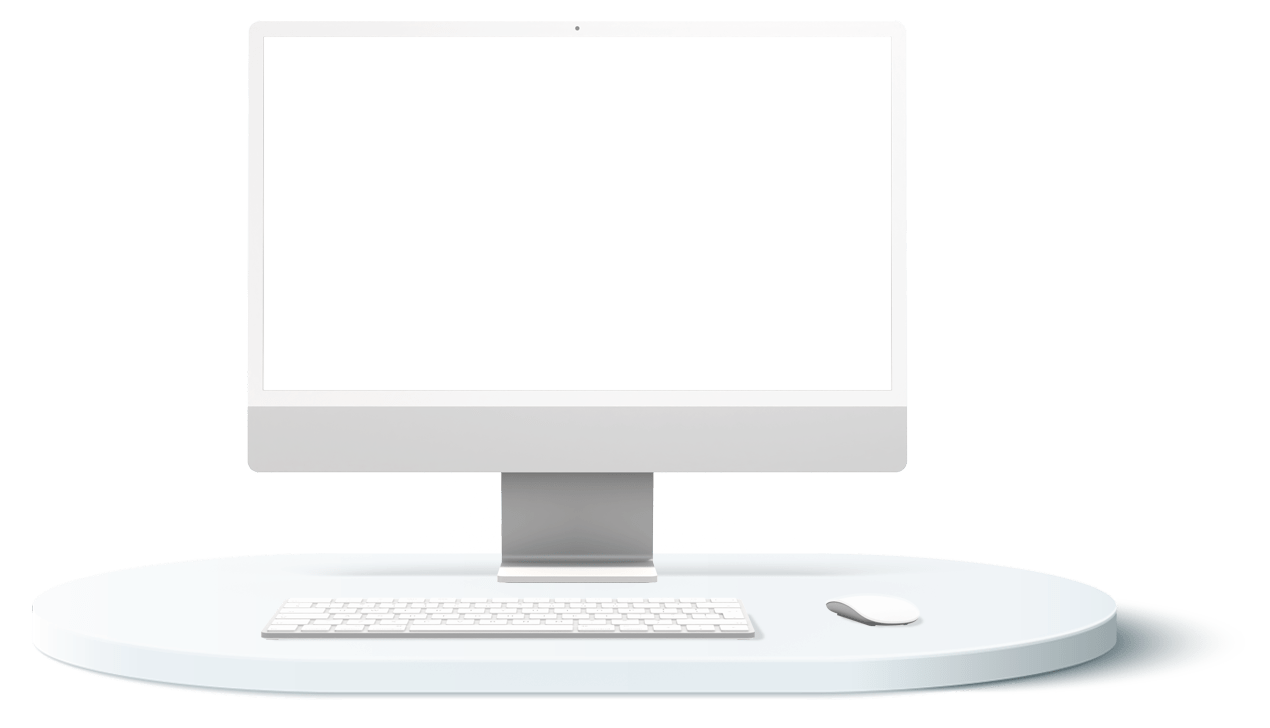

$364.00 – $404.00
Webcasts are available for viewing Monday – Saturday, 8am – 8pm ET.
Without FlexCast, you must start with enough time to finish. (1 Hr/Credit)
Retail Management
Format
Self-Study
Course Level
Overview
CPE Credits
14 Credits: Business Management & Organization
Course Description
In the Retail Management course, we address every aspect of the management of a retail business, including strategic planning, how to determine the best store locations, merchandise optimization, and price setting. The course also addresses the organizational structure of a retailer, which promotions to employ, and how to measure financial and operational results. In short, this course is intended to be the go-to guide for anyone who wants to start up a retail business or improve the operations of an existing one.
Learning Objectives
Upon successful completion of this course, participants will be able to:
Chapter 1
- Identify the elements of a seamless shopping experience; and
- Specify the requirements of an omnichannel retailing system; and
- Describe the tactics that can be used to increase retail sales.
Chapter 2
- Identify the aspects of an enhanced level of customer service.
Chapter 3
- Specify the requirements for a retailer’s vision statement; and
- Identify the trade-offs involved in developing a strategic plan; and
- Recall the different types of retailer strategies; and
- Specify how to simplify and implement a strategy; and
- Describe the characteristics, advantages, and disadvantages of the different types of business organization.
Chapter 4
- Specify when to use scrambled merchandising; and
- Specify how the different types of retailers conduct their operations; and
- Recall how outshopping applies to a retailer’s strategy.
Chapter 5
- Recall how shopper attitudes towards a retailer can be enhanced; and
- Specify how to minimize customer dissatisfaction with purchased goods; and
- Identify the different research methods used to investigate strategic options.
Chapter 6
- Recall the most rigid element of a retailer’s strategy; and
- Recall the steps used to find an appropriate store location.
Chapter 7
- Specify how an organizational structure can benefit a retailer; and
- Identify how a job analysis and a job description can be used; and
- Recall the methods used by a retailer to search for job candidates, and the benefits of each one; and
- Specify the advantages of requiring candidates to complete a job application form; and
- Identify the best practices for reviewing job applications and resumes; and
- Recall the reasons why retailers use job interviews; and
- Specify the red flags to watch out for when reviewing a job candidate’s references; and
- Identify the different types of employee training.
Chapter 8
- Recall the format and uses of each of the financial statements.
Chapter 9
- Specify the general methods used to drive down costs within a retailer; and
- Identify the goals of a system of inventory management; and
- Recall the maintenance issues that store managers must deal with; and
- Specify the advantages of using a standardized store layout; and
- Recall the nature of Little’s Law.
Chapter 10
- Specify the various viewpoints on how to organize the buying and selling functions; and
- Identify the problems encountered when sourcing from foreign suppliers; and
- State the nature of slotting fees; and
- Recall the circumstances under which floor-ready merchandise is used; and
- Specify the various transport options for goods, and when each one works best; and
- Identify the advantages and disadvantages of a direct store delivery system; and
- Recall the different types of deductions that a retailer might take from its supplier payments.
Chapter 11
- Specify the different types of inventory system that a retailer might use; and
- Identify how to calculate the retail method for estimating ending inventory; and
- Recall the methods for managing markdowns; and
- Specify the different types of sales forecasting methods used by retailers.
Chapter 12
- Identify when different types of pricing strategies should be used.
Chapter 13
- Recall the characteristics of a well-designed storefront, interior, and layout for a store.
Chapter 14
- Specify the different types of sales promotions.
Chapter 15
- Identify the advantages and disadvantages of direct marketing.
Chapter 16
- Recall the reasons why profits tend to be elevated over the requirements of other stakeholders.
Chapter 17
- Specify the various metrics that can be applied to a retail operation, and their characteristics.
Course Specifics
SS623340136
September 21, 2023
There are no prerequisites.
None
274
Compliance Information
CFP Notice: Not all courses that qualify for CFP® credit are registered by Western CPE. If a course does not have a CFP registration number in the compliance section, the continuing education will need to be individually reported with the CFP Board. For more information on the reporting process, required documentation, processing fee, etc., contact the CFP Board. CFP Professionals must take each course in it’s entirety, the CFP Board DOES NOT accept partial credits for courses.
Meet The Experts

Steven M. Bragg, CPA, is a full-time book and course author who has written more than 300 business books and courses. He provides Western CPE with self-study courses in the areas of accounting and finance, with an emphasis on the practical application of accounting standards and management techniques. A sampling of his courses include the The New Controller Guidebook, The GAAP Guidebook, Accountants’ Guidebook, and Closing the Books: An Accountant’s Guide. He also manages the Accounting Best Practices podcast. Steven has been the CFO or controller of both public and private companies and has been a consulting manager with Ernst & Young and …
Related Courses
-
 Business Management & Organization
Business Management & Organization
Developing and Managing Teams
Steven M. Bragg, CPA QAS Self-Study
Credits: 4 $116.00
QAS Self-Study
Credits: 4 $116.00$116.00 – $136.00
-
 Business Management & Organization
Business Management & Organization
Effective Negotiation
Steven M. Bragg, CPA QAS Self-Study
Credits: 5 $145.00
QAS Self-Study
Credits: 5 $145.00$145.00 – $175.00
-
 Business Management & Organization
Business Management & Organization
Understanding and Managing Organizational Behavior
Delta CPE LLC QAS Self-Study
Credits: 14 $364.00
QAS Self-Study
Credits: 14 $364.00$364.00 – $404.00
